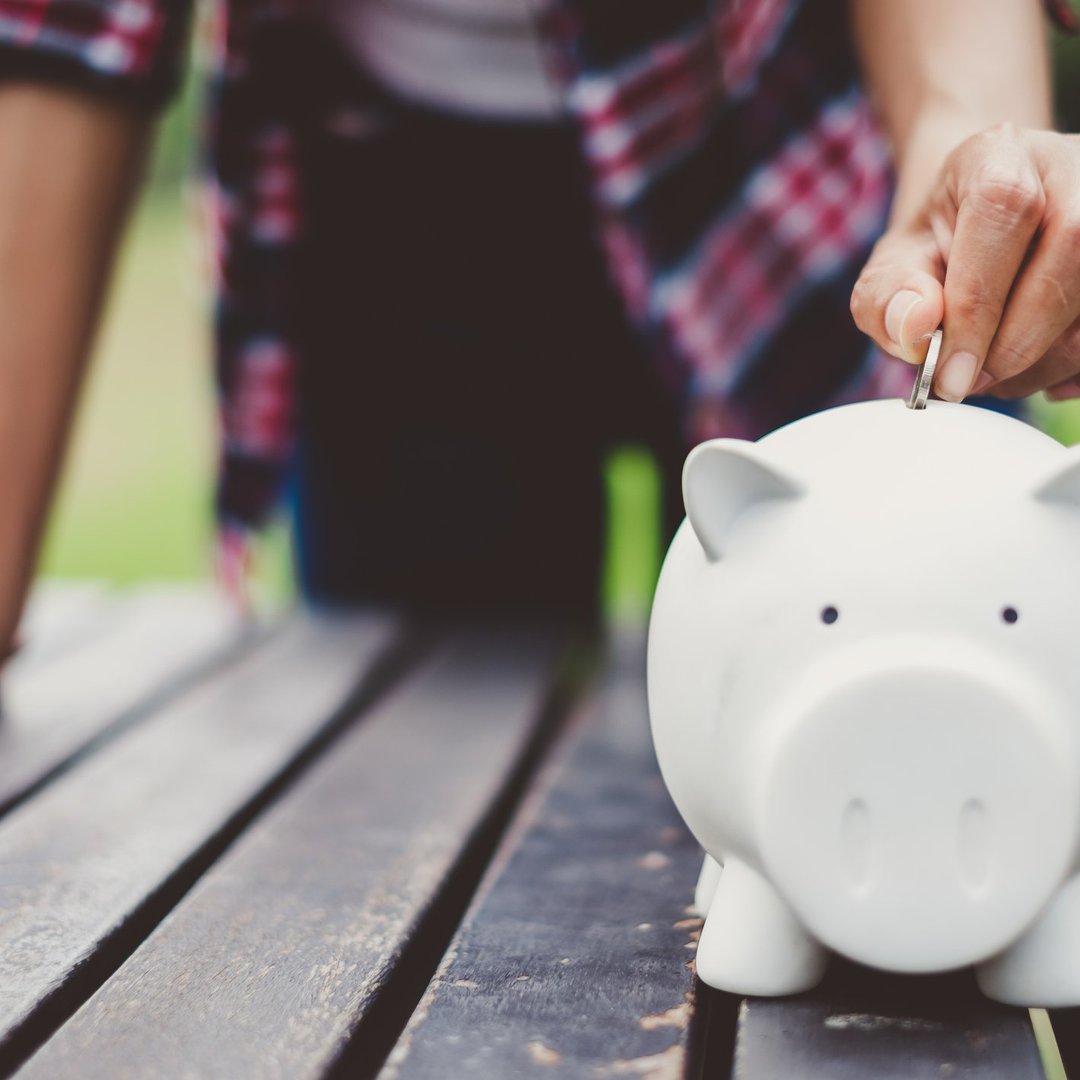You will often hear it said that it is important to set aside money for unforeseen expenses. You never know when your car might stop working or when your home might need a major repair that your paycheck can’t cover. Or you could lose your job and have to live off your savings for a while.
As a rule of thumb, it’s best to keep three to six months of living expenses in an emergency fund. But some American workers may fall short of this target.
The median emergency fund balance among workers today is $ 5,000, according to Transamerica’s 21st annual retirement survey. Unsurprisingly, emergency savings increase with age, with median balances being:
- $ 2,000 for Generation Z workers
- $ 5,000 for millennial workers
- $ 6,000 for Generation X
- $ 10,000 for baby boomers
But while a median emergency fund balance of $ 5,000 is better than nothing, it’s probably not enough to provide the protection most workers need. Last year, the average American household spent $ 5,102 per month. As such, $ 5,000 in savings would be enough to cover about a month of bills – not nearly three months, which is the minimum people should be saving in an emergency.
If your emergency fund needs some work, here are some things you can do to make it stronger.
One Email a Day Could Save You Thousands
Expert tips and tricks delivered straight to your inbox that could help save you thousands of dollars. Register now for free access to our Personal Finance Boot Camp.
By submitting your email address, you consent to our sending you money advice as well as products and services which we believe may be of interest to you. You can unsubscribe anytime. Please read our privacy statement and terms and conditions.
1. Stick to your budget
Having a budget will make you more aware of what your expenses are costing you. It will also help you spend more wisely. The less you spend monthly, the more money you can put into your emergency fund. It’s worth looking at different budgeting apps that could help you get started.
2. Give up a luxury
There are probably expenses you pay that you can technically live without, whether it’s one of your takeout every week, your gym membership, or the three different streaming services that keep you entertained. Start by removing a luxury and put that money into savings. You can reintroduce this expense once your emergency fund starts looking healthier.
3. Treat yourself
There are tons of side activities that you can choose from today that will help you increase your income. And since that money won’t be allocated to existing bills, you’ll have the option to put it in the bank instead. You can choose your side according to your skills, hobbies and schedule. If you love animals, for example, you can play in the moonlight as a dog walker or animal sitter. And if you want to be able to set your own hours, you can sign up for a carpooling service.
Without a strong enough emergency fund, you could be forced into debt when unforeseen expenses arise or if you lose your job unexpectedly. If your savings balance is comparable to that of a typical American, rest assured that you are not in bad shape. After all, some people have no emergency savings. At the same time, it is worth looking for ways to increase your emergency fund and buy yourself the protection you deserve.

